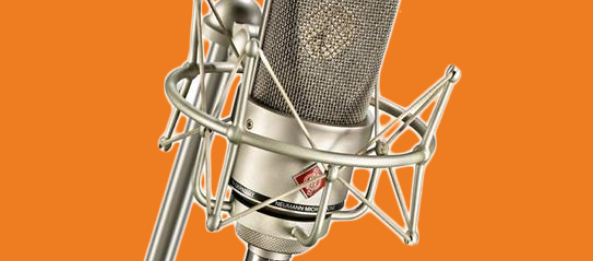If you’re a fan of great sound or you want to really test the capabilities of your ears or your gear, here are a couple of resources you might love like I do.
HD Tracks
 The first one is HD Tracks (www.hdtracks.com), a site specialising in high quality audio recorded (or remastered) at high sample rates and bit depth. Albums from HD Tracks mostly cost around $18 (AUD) and are mostly available as FLAC files, but in some cases there is the choice of lower quality MP3 files. They have a range of new and old recordings including artists and albums like:
The first one is HD Tracks (www.hdtracks.com), a site specialising in high quality audio recorded (or remastered) at high sample rates and bit depth. Albums from HD Tracks mostly cost around $18 (AUD) and are mostly available as FLAC files, but in some cases there is the choice of lower quality MP3 files. They have a range of new and old recordings including artists and albums like:
- Norah Jones
- The Dark Knight Rises Soundtrack
- Fleetwood Mac
- Rolling Stones
- Aretha Franklin
- Otis Redding
- Ella Fitzgerald
They also have a huge range of classical and jazz albums that I’m yet to explore.
The albums on HD Tracks range from 44.1kHz/24-bit recordings through 96kHz/24-bit to 192kHz/24-bit recordings. All of these are significant improvements over the 44.1kHz/16-bit standard of CDs. If you’re unsure of what all those numbers mean, here’s a brief, hopefully simple explanation.
All CDs are 44.1kHz/16-bit audio. This means that the recording system takes a snapshot of the sound 44,100 times per second and that snapshot contains 16 “bits” of information which equates to 65,536 pieces of information (like pixels on a TV – the more pieces, the higher the resolution). The theory behind the 44.1kHz sampling rate of CD audio is that humans can only hear up to 20kHz and so CDs are capturing information more than twice as fast as the human ear can detect.
44.1kHz audio is mostly good enough. You will hear some improvement to the smoothness of the sound at 96kHz and possibly at 192kHz, but at 192kHz it’s debatable and may in fact detract from the music due to the processing power required for 192kHz sound. I choose to use 96kHz audio where possible, but am perfectly satisfied with good 44.1kHz recordings too.
Bit depth is a bit different. Just like a high definition TV looks clearer and sharper than a standard definition TV, the bit depth of audio is the same – more bit depth makes the music clearer and sharper. While there are just over 65,000 pieces of information recorded in each snapshot at 16-bit, 24-bit audio records more than 16.7 million pieces. That’s right, we jump from 65,000 pieces to over 16,000,000 pieces – a massive difference and therefore the sound is much clearer and sharper.
If you’d like to know more about sample rates and bit depth, there’s a great article here.
Grammy Awards – Engineering
Just today, I stumbled upon the interesting fact that every year, there is a Grammy award presented to the album with the best audio engineering. The list of past winners includes some albums worth listening to and a few that aren’t worth as much time (from a musical enjoyment point of view), but they are all beautifully recorded and will make your system shine and bring a smile to your face. There is a complete list of recent winners on the following Wikipedia page:
Grammy Award for Best Engineered Album, Non-Classical
As the name suggests, these are non-classical albums (pop, blues, rock, etc.), but there are also classical albums awarded and the list is also available on this Wiki page.
Having gone through my collection to listen to some of my albums on the non-classical list, I can confirm that they sound awesome and there are some great albums on the list by artists like Sting, John Mayer, Quincy Jones, and Ray Charles.
I hope you find some audio gems amongst the Grammy list or on HD Tracks. Happy listening!

